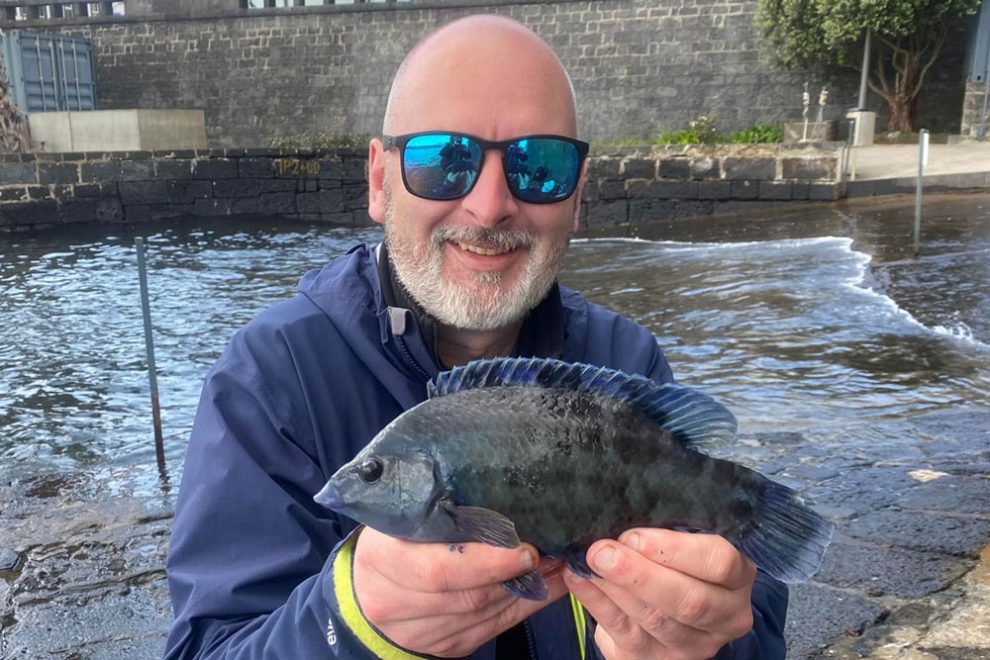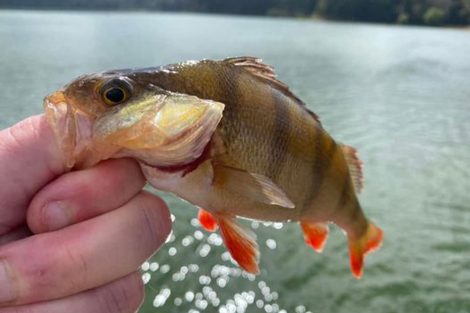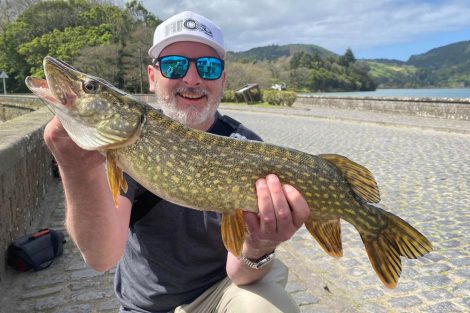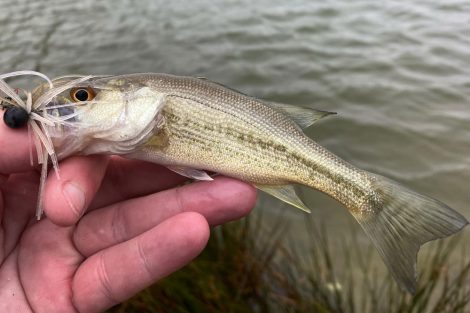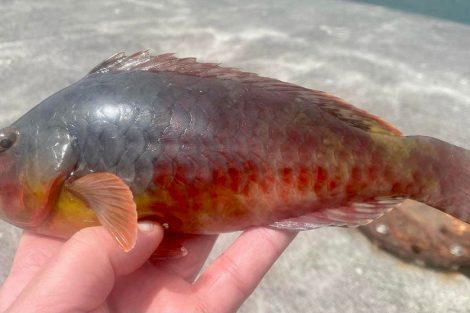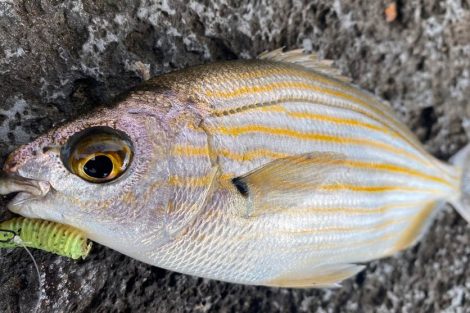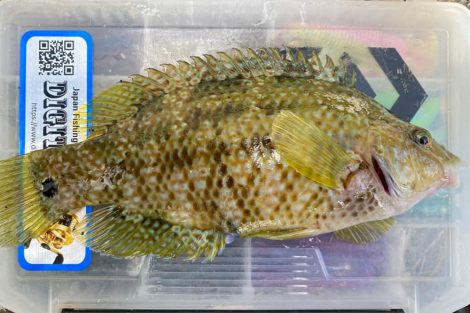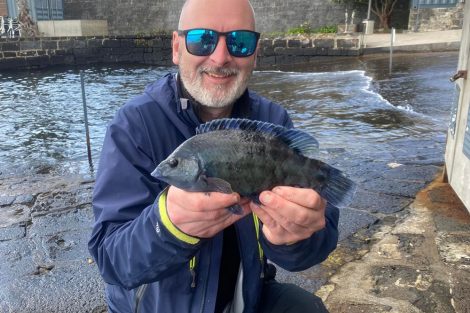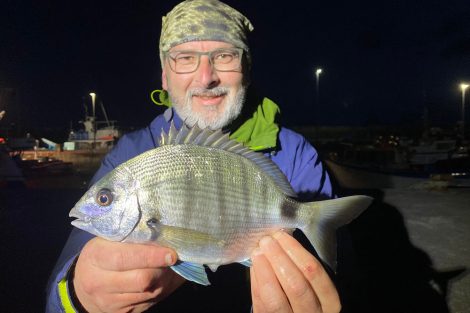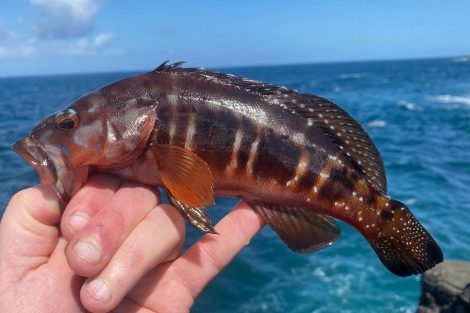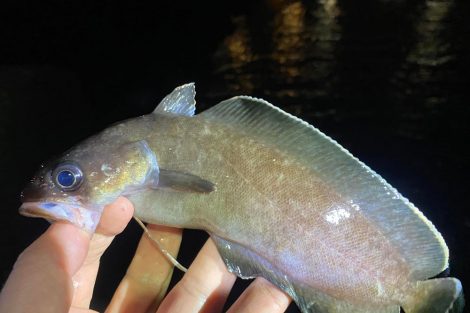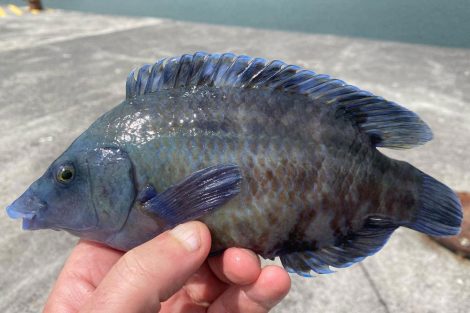If you’re like me, it doesn’t matter what the destination, in the UK or abroad, I want to catch fish!
I love a destination fish, a trophy fish, but equally, sometimes, it’s good to be convenient and set expectations to catch something new, somewhere new. Whatever the situation, whether it be fishing on a family holiday or a full-on angling trip with friends, I will always take an ultralight fishing lure rod.
Many of you who know me know I’m a massive fan of the HTO Nebula Rock Rover. This beautiful little rod does everything a light lure enthusiast would want and more. It can cast weights of between 1 and 7g and comes with both a solid and a tubular tip so you can choose the right tip for the situation you find yourself in without having to take two rods. I’ve walked mile upon mile with this rod and its predecessor, the HTO Rock Rover. It’s just one of the most versatile rods you can own (read my blog on footloose fishing here). What’s more, this 6ft 11in rod breaks down into four sections measuring only 60cm so that it can easily fit into your hand luggage.
Taking an ultralight fishing rod with you on a family holiday or full-on fishing trip gives you an extra option. Whether you’ve got yourself a spare hour during the day or when fishing conditions are pitched against you, you can break out these ultralight lure fishing rods for a quick, convenient session – or even just for the sheer love of ultralight tackle!
The number of species I’ve racked up on the Rock Rover is so pleasing when I think about it. They’re designed to be lure fishing rods specifically for rock fishing. Light lure rock fishing has been a passion of mine and many others for several years, utilising Japanese-style ultralight fishing lures for various species using different techniques. Like many other enthusiasts, I find it engaging and energising. Wherever I go, this style influences my angling.
I’ve already mentioned just how versatile the HTO Nebula Rock Rover is, and I know the term has become a bit of a cliché but let me expand and demonstrate.
On a recent trip abroad, I had hopes of catching stingray on my Tronixpro Competition Match GT as well as barracuda and bluefish on my heavier lure setups, but it was not meant to be. Constant 45mph winds, 3.5m swells and an absence of sardine made these targets impossible to achieve.
Thankfully, I had my Rock Rover and a variety of lures and end tackle that took very little room in my case.
Typically, I will rig up the Rock Rover with a 2000/2500 sized reel loaded with 0.4 to 0.8 lines from the Nebula X8 Braid range and Nebula FC Fluorocarbon. I will also have a selection of jig heads in the 0.9 to 3g range and dropshot and Texas rigs using size 10 to 6 hooks and 3.5 to 10g weights. I use a mixture of bait, lure and what I refer to as hybrids to catch a selection of freshwater and saltwater species. Yes, you read that right. I have started to use bait on what are conventionally known as lure rigs, and why not? When the fishing is tough, I will use ragworm and supermarket bought prawns all day long. It keeps me catching on ultralight fishing gear, and I’m there to catch fish!
With all that in mind, how did I get on? Well, here are some of the results.
My freshwater fish from the trip were pike, perch and large-mouthed bass. I went for a jig head around the 1.8 to 2g mark and a 2” paddle tail lure to catch these. All were caught either on a straight retrieve or on the drop.
Saltwater wise, I had a few species caught on several different methods. The parrot fish were partial to a drop-shotted prawn inside sheltered harbours. Salema were caught on 2g jig heads and 2” paddle tail lures. I caught emerald wrasse, and white bream on sections of ragworm mounted on 2g jig heads. Dropshotting or jig head-mounted prawns proved deadly for the black comber and rainbow wrasse. Finally, fishing with hybrid “isome” lures/bait, I had greater forkbeard, mackerel and bream.
As you can see, from just a small selection of the species I caught and using a wide range of simple techniques, the Rock Rover can lend itself to a wide variety of fishing. It is mobile enough to fish in all manner of locations in both saltwater and freshwater. I can cast well with it on the open rock-strewn coastline, among tight bush-ridden streams, dropping down the sides of harbours and even inshore boat fishing. It has plenty of backbone to land a bonus fish or two, and a trawl around social media will showcase some real monsters caught by enthusiasts of the Rock Rover.
Versatile may well be overused when describing fishing rods, but the Rock Rover is one of the few that truly lives up to the narrative.


